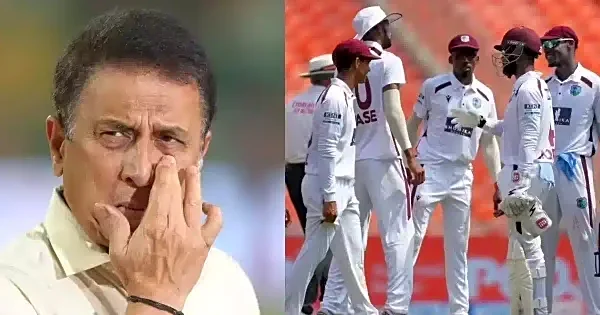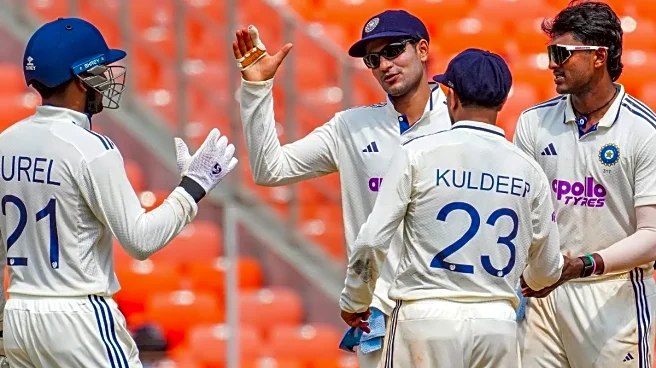The pitch for the second and final Test between India and West Indies at the Arun Jaitley Stadium in Delhi from October 10 to 14 is set to offer much more assistance to the batters. Unlike the green wicket
in Ahmedabad, which saw the West Indies collapse in under three days.
The first Test in Ahmedabad turned into a nightmare for the Roston Chase-led team. Opting to bat first on a red-soil pitch covered with grass, the visitors were bowled out for just 44.1 overs in their first innings. India’s pace duo of Jasprit Bumrah and Mohammed Siraj made the most of the conditions, sharing seven wickets between them. The Caribbean team lasted only 45.1 overs in their second batting before losing by an innings and 140 runs. The match wrapped up in two and a half days, making it one of the most one-sided contests between the two teams in recent history.
Meanwhile, the pitch in Delhi is expected to be far more batting-friendly. The black-soil surface will feature patches of grass, offering an even bounce that should make job play easier for the batter. Earlier reports suggested that the surface won’t provide much seam or swing movement, reducing the threat for batters in the initial sessions.
Delhi pitch to wear down and gradually bring spinners into play
A huge difference from Ahmedabad will be the absence of live grass, leading to Indian pacers to extract the same movement off the deck. However, batters on both teams could enjoy their time in the middle with the quick outfield and relatively shorter boundaries at the Arun Jaitley Stadium.
However, as the game progresses, the pitch is expected to wear down and gradually bring spinners into play. The black-soil base, which tends to dry up faster, and with continued footmarks forming over the course of the match, spinners like Ravindra Jadeja and Kuldeep Yadav will be looking forward to some turn and uneven bounce by Day 4 and 5. Notably, the oddball might keep low, testing the batters.
The last Test played at this venue was during the 2023 Border-Gavaskar Trophy against Australia, where the visitors struggled against India’s spin attack and lost by six wickets. The Delhi surface has traditionally been good batting conditions early before turning in the latter half of the match, and a similar pattern is expected this time.











